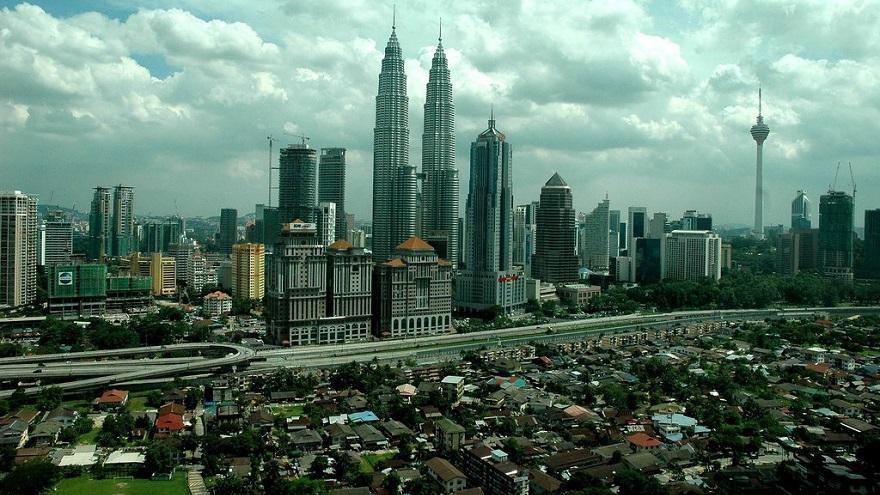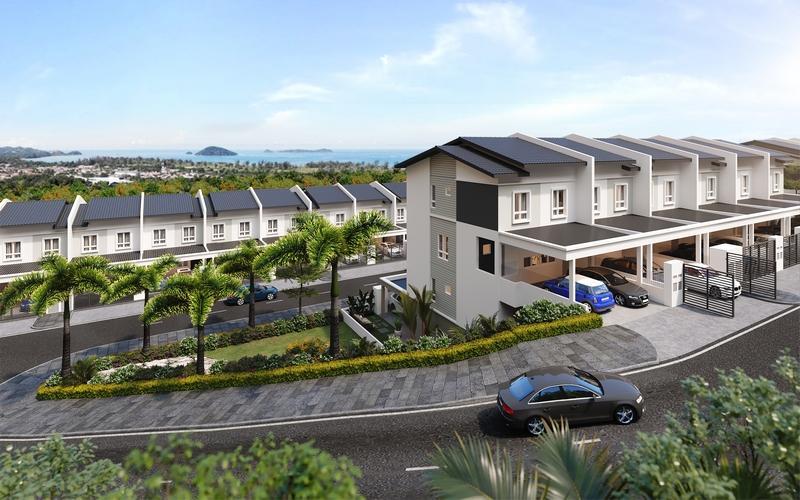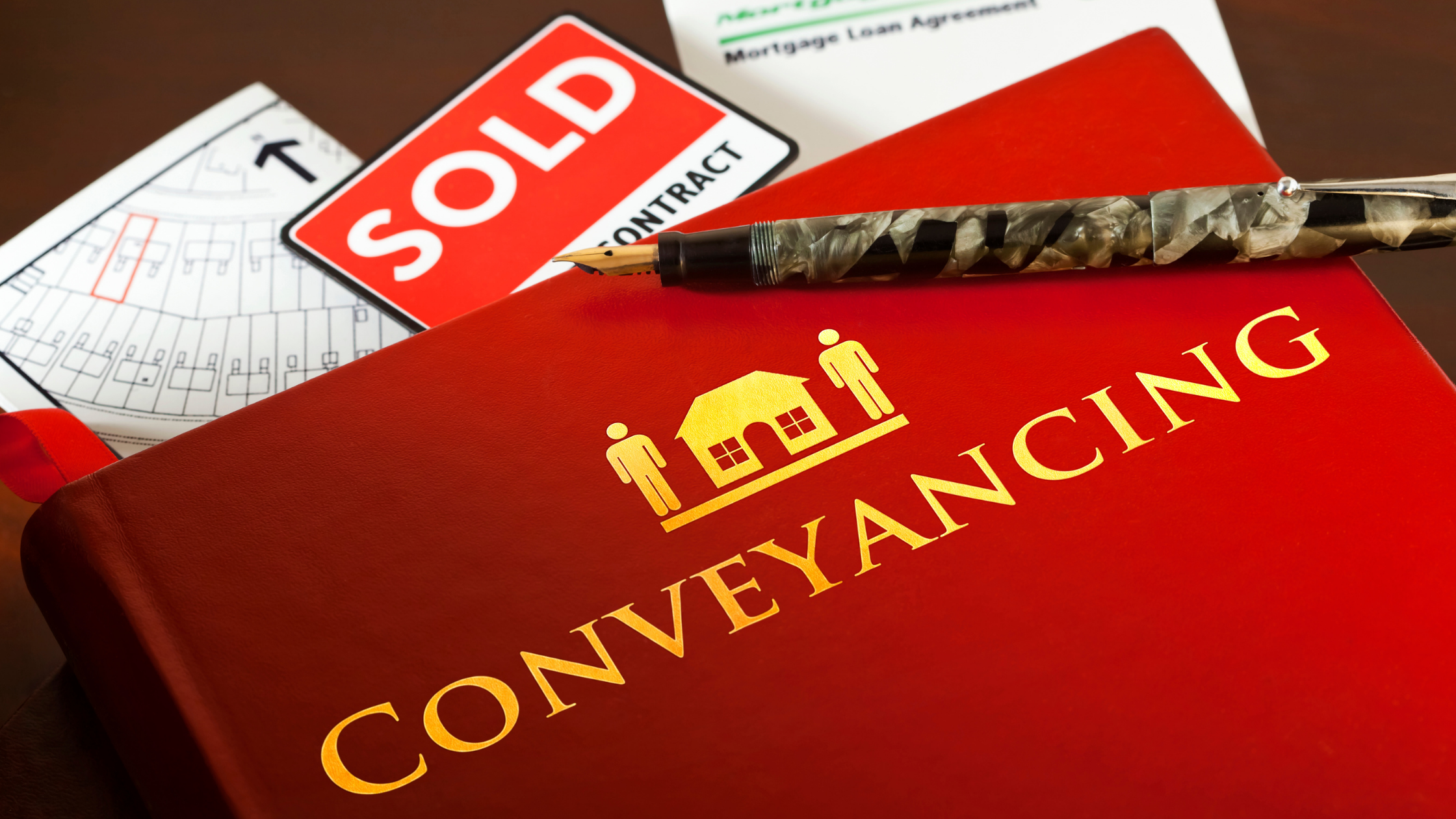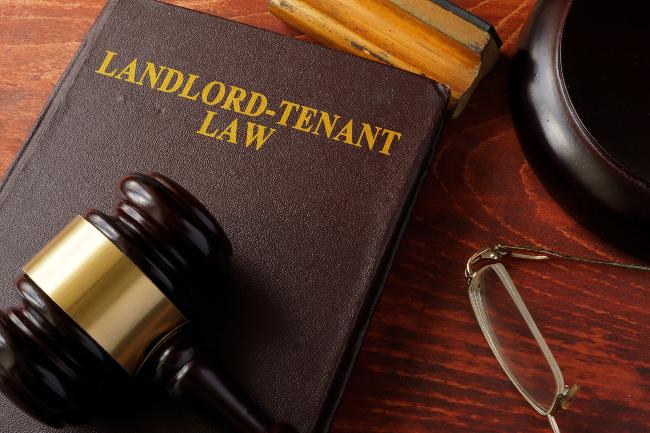Should old buildings be replaced so that the entire skyline is uniformly made up of modern structures? It is not all about aesthetics – there is a human element to it.
In the article “Urban renewal law, but what about minority homeowners?” by the National House Buyers Association (HBA), it thwarts the Federal Territory (FT) Minister’s announcement on April 8th this year, that our government is planning new legislation to facilitate the redevelopment of old buildings in the capital.
The FT minister further explained that the urban regeneration could be defined as a comprehensive and integrated long-term programme to address issues of economic slowdown, physical deterioration, abandonment, as well as brownfields and non-economical areas.
On the surface, it makes sense to do away with buildings that are nearing the end of their physical lives. It could be difficult for owners to maintain and these structures could pose a danger. However, the HBA calls the move unconstitutional and that the purported redevelopment or renewal law can be disguised as an “en-bloc strata forced sale” for the benefit of commercially minded developers.
It ignores the minority, the elderly and impaired who may not want to relocate. Whether a building is dilapidated or unsafe is often subjective and not based on authoritative findings. HBA’s stand is that the acquisition must be consented to by all owners and not just based on a majority vote.
Compulsory Acquisition
Can the government compulsorily acquire properties for this purpose? In West Malaysia, the compulsory acquisition is guided by the Land Acquisition Act 1960 (LAA). This is a powerful act and does not require consent from owners although affected persons can challenge the amount of compensation and the acquisition itself.
Under section 3(1), it states that the State Authority may acquire land which is needed
1. For any public purpose;
2. By any person or corporation for any purpose which in the opinion of the State Authority is beneficial to the economic development of Malaysia or any part thereof or to the public generally or any class of the public; or
3. For the purpose of mining or for residential, agricultural, commercial, industrial or recreational purposes or any combination of such purposes.
The LAA does not elaborate on this broadly based definition. In S. Kulasingam & Anor v Commissioner of Lands, Federal Territory & Ors (1982) MLJ 204, it was held that:
“The expression ‘public purpose’ is incapable of a precise definition. It is still best to employ a simple common sense test, that is, to see whether the purpose serves the general interest of the community.”
The narration above does not add much to clarity and is non-definitive. Under provision (b), the authorities can acquire on behalf of anyone so long as it is beneficial to economic development. It would be an abuse if the party gaining the land use it for commercial profiting instead.
Given the provisions of Section 3(1), it would appear that the authorities can invoke Section 4 of the LAA to begin the process of acquisition if it deems that the redevelopment of old buildings is in line with those purposes. Section 4 is a notice of the intended acquisition but does not mean that the acquisition will definitely proceed.
But section 3(6) provides that if there is a development approval granted to the owner and the acquisition under (1), (b), or (c) is not for the purpose of public utility, the authority will not consider the application.
The purpose of acquisition for Section 3(1b,1c ) has to be for public use. In the announcement, it was not indicated if the redevelopment of old buildings is intended for non-public utility. If it is, the LAA would not apply. On a similar note, both are statutory and either the government or private sector can implement the policies.
.jpg)
.jpeg)
_PH_Banner_(Desktop)(1200x180px).png)

.jpg)




.jpg)
.jpg)
.png)

.jpeg)
.jpg)
